Traditions and pastimes often define a nation’s culture, and Canada’s are as unique as its sprawling landscapes. But many activities that once filled weekends and small-town calendars are now slipping into history. As urbanization spreads, digital entertainment dominates, and winters seem less harsh, several beloved pastimes are quietly fading from daily life. Here are 20 Canadian pastimes that are dying out.
Pond Hockey

Before indoor arenas became the norm, winter meant gathering on frozen ponds with sticks and mismatched skates. Pond hockey wasn’t about leagues or referees, it was about scraped knees, laughter, and endless overtime. Communities would clear snow together, often using shovels from nearby sheds. But now, unpredictable winters and safety concerns have made natural ice less reliable. With kids preferring gaming consoles to early-morning practices, the sound of blades slicing through frozen ponds has grown faint. Organized indoor leagues have replaced spontaneous pond matches, marking the slow disappearance of one of Canada’s simplest winter joys.
Curling Nights at Local Clubs

Once a small-town staple, curling nights brought neighbors together more for camaraderie than competition. Clubs served as social centres, where teams celebrated victories over steaming coffee and pie. But younger generations see the sport as old-fashioned, and membership numbers are shrinking. The upkeep of curling facilities has also become too costly for rural towns. As a result, several long-standing clubs have closed their doors. Though televised tournaments still draw some interest, the casual community aspect of curling, its heart and humor, is fading fast in the shuffle of modern life.
Ice Fishing Weekends
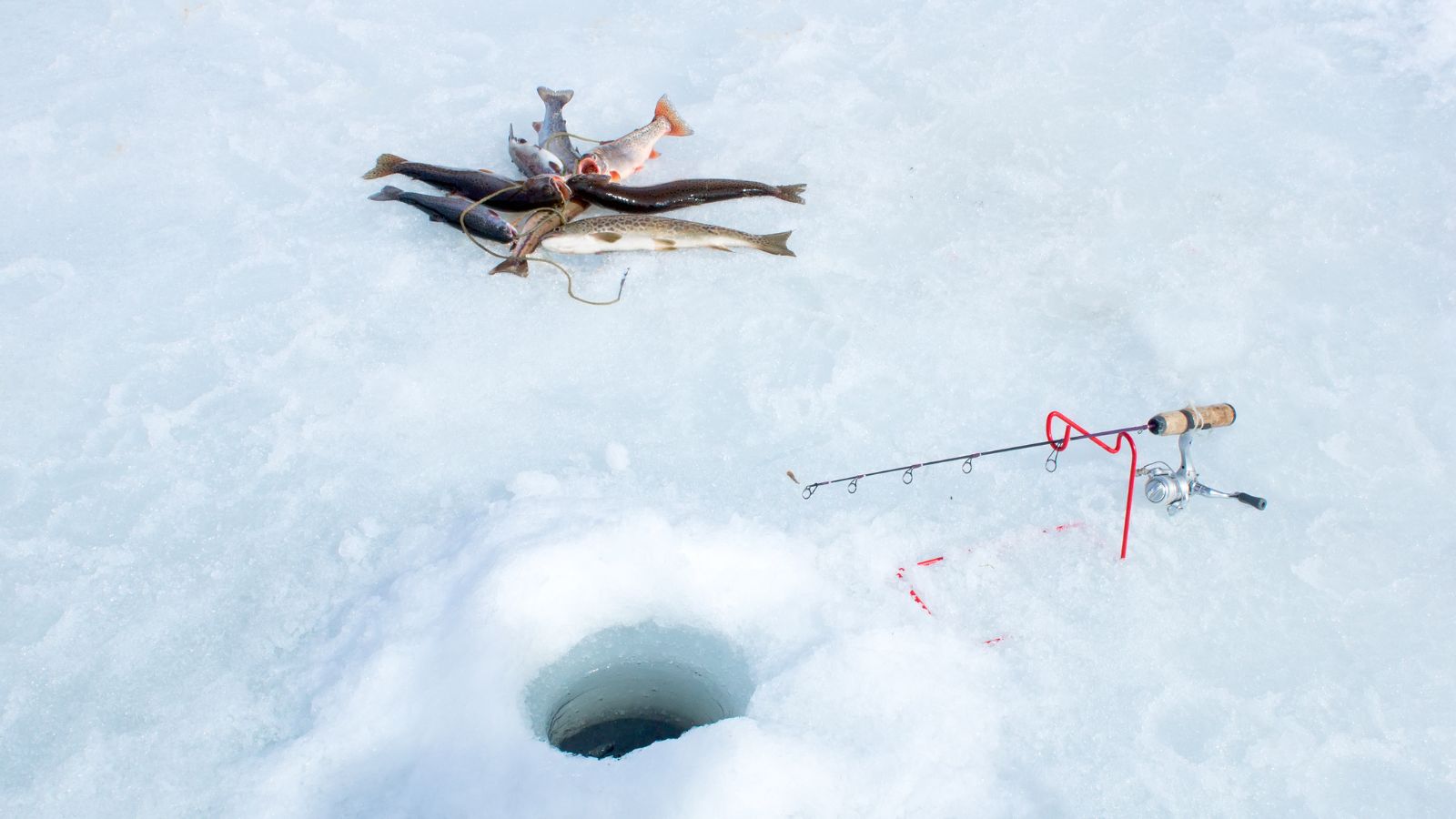
Drilling holes in the ice, setting up a shack, and waiting for a tug on the line once defined winter weekends across the country. Ice fishing wasn’t about catching dinner; it was about community and quiet. Yet rising temperatures and shorter ice seasons have made it unpredictable and unsafe. Add to that the rising cost of equipment and declining patience among younger Canadians, and fewer families are bundling up for this frozen pastime. What was once an unhurried way to bond and brave the cold is now an occasional novelty rather than an annual ritual.
Drive-In Theatres

The golden age of drive-ins stretched from the 1950s through the 1980s, when families piled into cars for outdoor screenings under starry skies. The atmosphere, crackling speakers, popcorn scents, and blinking headlights during intermission was unmatched. But streaming services and expensive land costs have all but erased the drive-in experience. A few nostalgic venues still operate in Ontario and Alberta, but they’re rare. Younger audiences, glued to portable screens, miss the communal joy of watching blockbusters surrounded by hundreds of cars. The magic of a shared cinematic night out is now confined to fond memories.
Community Bingo Nights

Church basements and local halls once hosted lively bingo nights where seniors, families, and friends gathered weekly. These events raised money for local causes and gave everyone an excuse to socialize. However, as online gambling and electronic lotteries became accessible, participation dwindled. The pandemic further disrupted gatherings, and many halls never reopened their bingo nights. What was once a cheerful evening of laughter, light snacks, and friendly rivalry is now considered outdated entertainment. With each hall closure, a piece of Canada’s grassroots community life quietly slips away.
Sledding on Homemade Hills
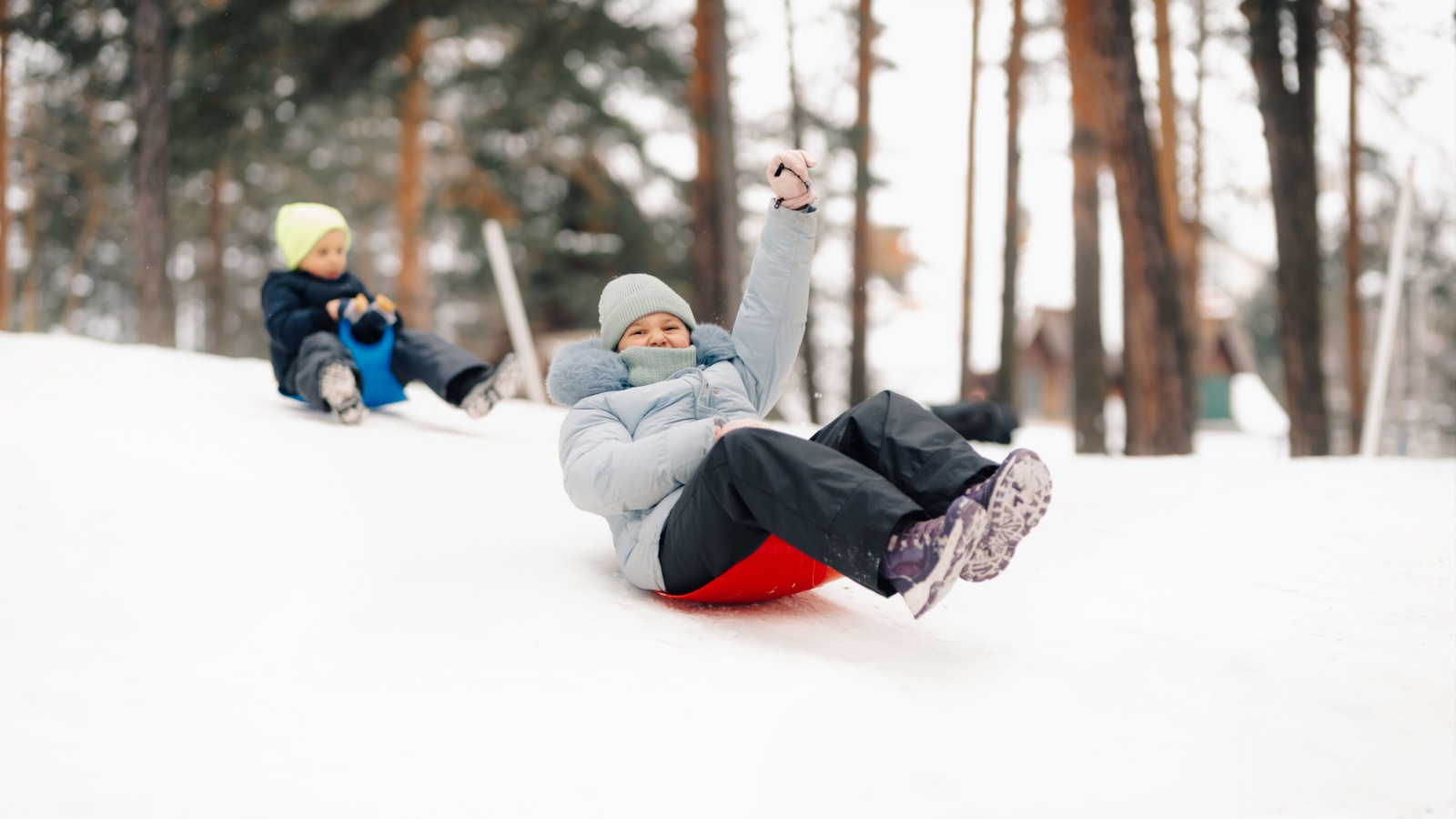
Long before commercial snow parks, children crafted sledding hills in backyards and neighborhood fields. Plastic toboggans, wooden sleds, and a few bumps of packed snow were all it took for hours of joy. But safety regulations, urban expansion, and the rise of organized snow resorts have largely pushed this do-it-yourself fun aside. Parents are more cautious, winters are milder, and public spaces are often off-limits for sliding. The carefree shrieks echoing down small-town slopes have been replaced by indoor entertainment and safety signage, taking spontaneity out of winter play.
Letter Writing to Pen Pals

Having a pen pal, whether from another province or abroad, was once an exciting way for Canadians to connect beyond their communities. Children exchanged letters, photos, and stories, building friendships that sometimes-lasted years. Today, instant messaging and social media have made such long waits unimaginable. Schools that once encouraged pen-pal programs now rely on digital exchanges. The thrill of receiving a handwritten envelope, recognizing familiar handwriting, and reading words crafted by hand has faded. While communication is faster, it’s also less personal, leaving this once-loved pastime forgotten in the inbox era.
Square Dancing at Community Halls

Rural and small-town halls used to come alive with square dancing, complete with live fiddlers and local callers leading the crowd. It was social, affordable, and full of charm. But as tastes shifted toward modern music and nightlife moved to cities, attendance dwindled. Many dance halls closed or converted to multipurpose venues. Younger Canadians, unfamiliar with the steps or customs, see it as a relic from their grandparents’ era. Square dancing societies still exist, but the lively circles of twirling couples have grown smaller, signaling the decline of one of the nation’s most wholesome social traditions.
Collecting Stamps and Coins

Collecting stamps or coins was once a badge of curiosity and patience. Families passed albums down through generations, teaching history through rare finds and limited editions. But with the decline of physical mail and cashless transactions, these hobbies have lost relevance. Digital currencies and online communication offer little tangible connection, leaving fewer opportunities to discover hidden treasures. Collectors’ clubs that once met monthly are disappearing, and younger generations rarely see the appeal. The art of collecting, preserving, and proudly displaying small historical artifacts is slowly being boxed away.
Local Parade Volunteering

Every small Canadian town once had volunteers working tirelessly on floats, banners, and costumes for annual parades. Whether celebrating Canada Day or a fall festival, these parades showcased local pride and teamwork. However, volunteer shortages, tight budgets, and waning enthusiasm have led many towns to scale back or cancel them altogether. Professional event organizers now replace local hands, and the grassroots charm has diminished. The sense of belonging that came from working on something together, without pay or pressure, has become rare in today’s busier, more individualistic culture.
Backyard Gardening Competitions
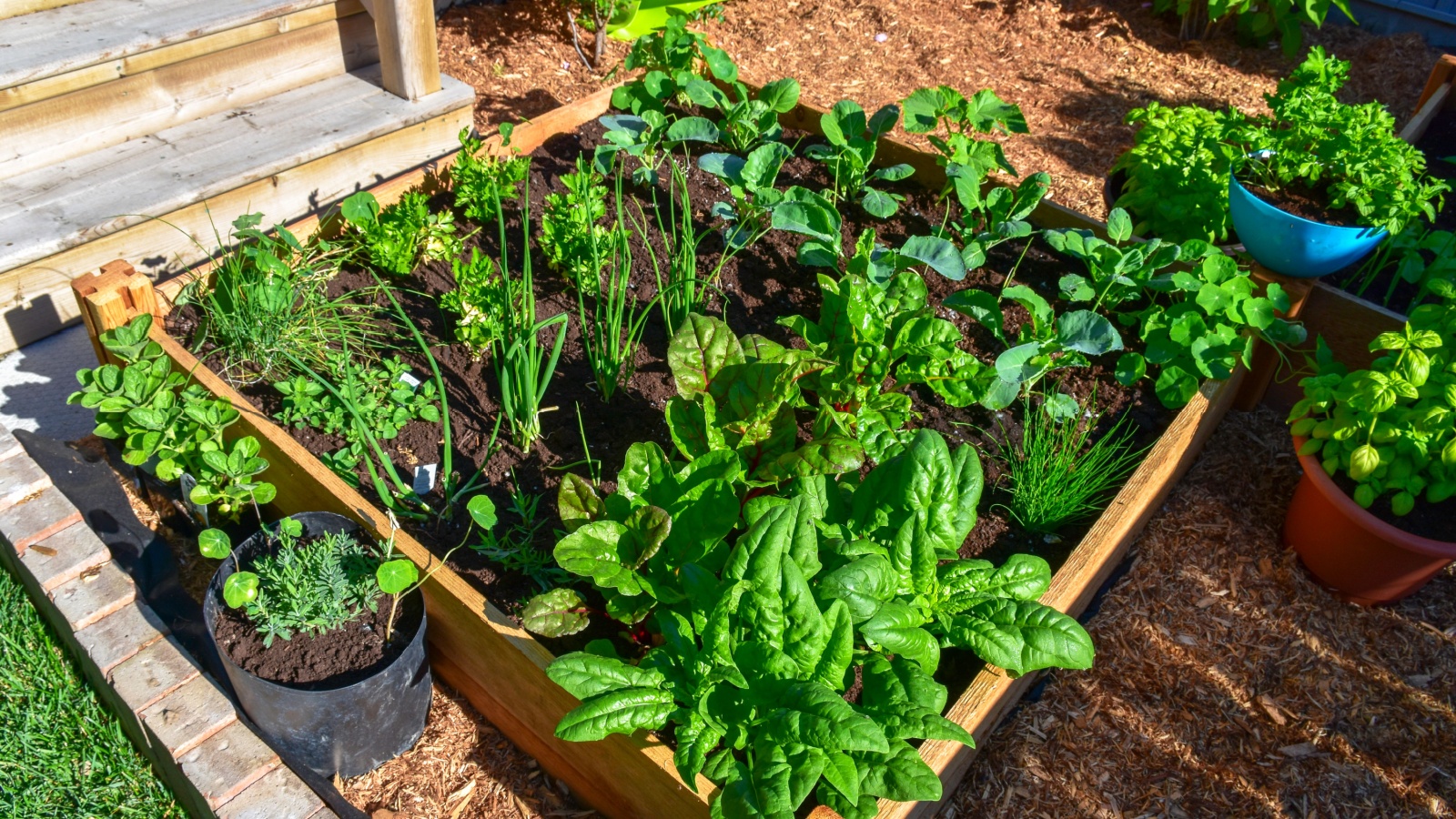
Neighborhood garden contests used to spark friendly rivalries each summer, with residents showing off flowerbeds and vegetable patches. Local newspapers even featured winners. Now, fast-paced city living and smaller homes mean fewer gardens to tend. Younger generations often rent apartments or rely on balcony plants rather than sprawling yards. Climate unpredictability hasn’t helped either. While urban gardening initiatives exist, the unneighborly competition, the pride in nurturing a perfect rose or pumpkin, has largely faded. What once turned front yards into local attractions has quietly disappeared behind closed balconies and digital screens.
Outdoor Barn Dances
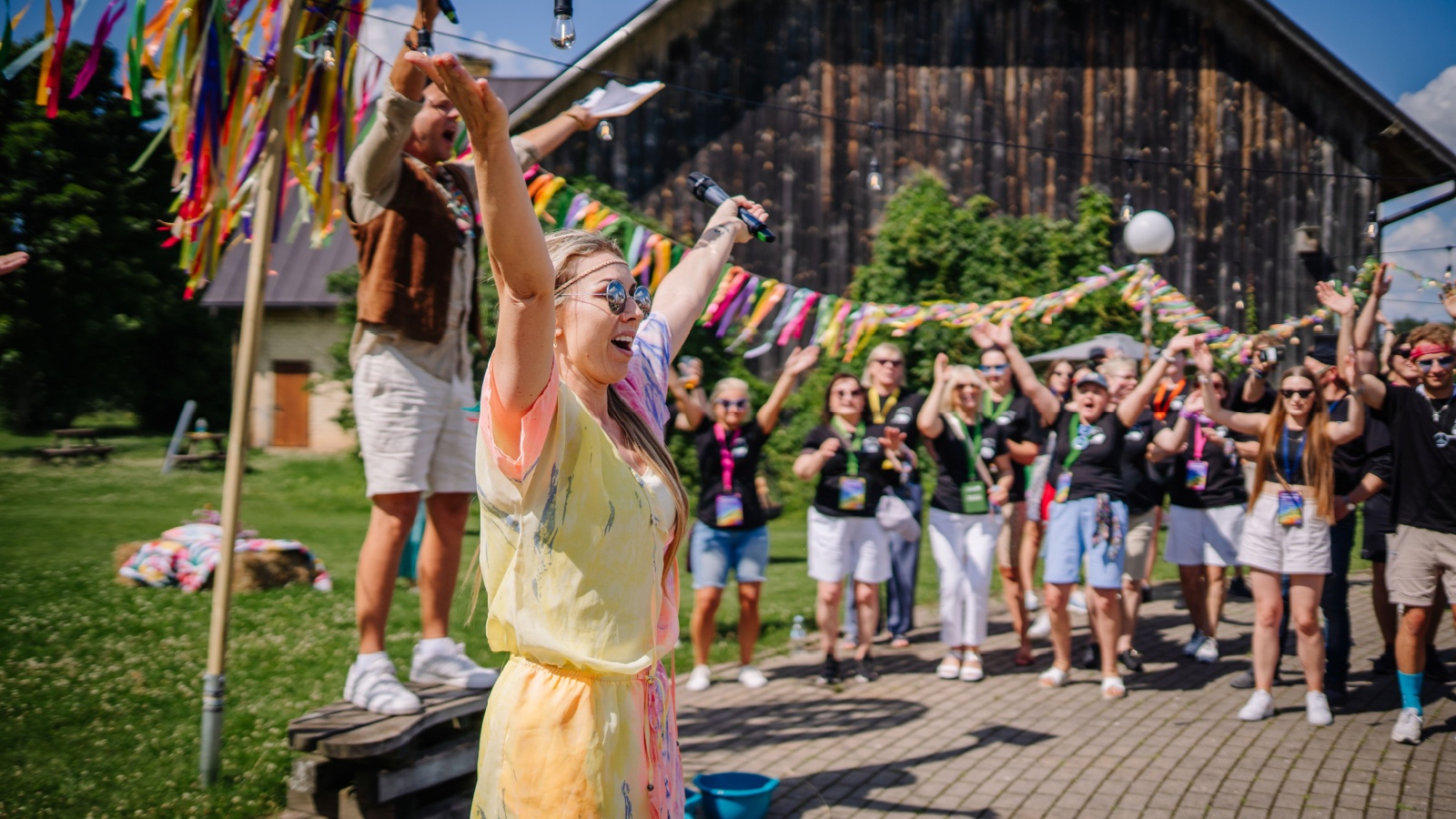
Barn dances were once an essential part of rural entertainment, complete with live bands, potluck dinners, and lantern-lit nights. They connected isolated farming communities and provided a chance for laughter, courtship, and release from hard work. But as agriculture modernized and rural populations shrank, barn dances lost their audience. Noise restrictions and the decline of live local bands also played a role. Today, the idea feels nostalgic, with some festivals reviving it occasionally. Yet, the casual rhythm of hayloft gatherings has mostly gone quiet, replaced by playlists and private parties.
Maple Syrup Boil Gatherings
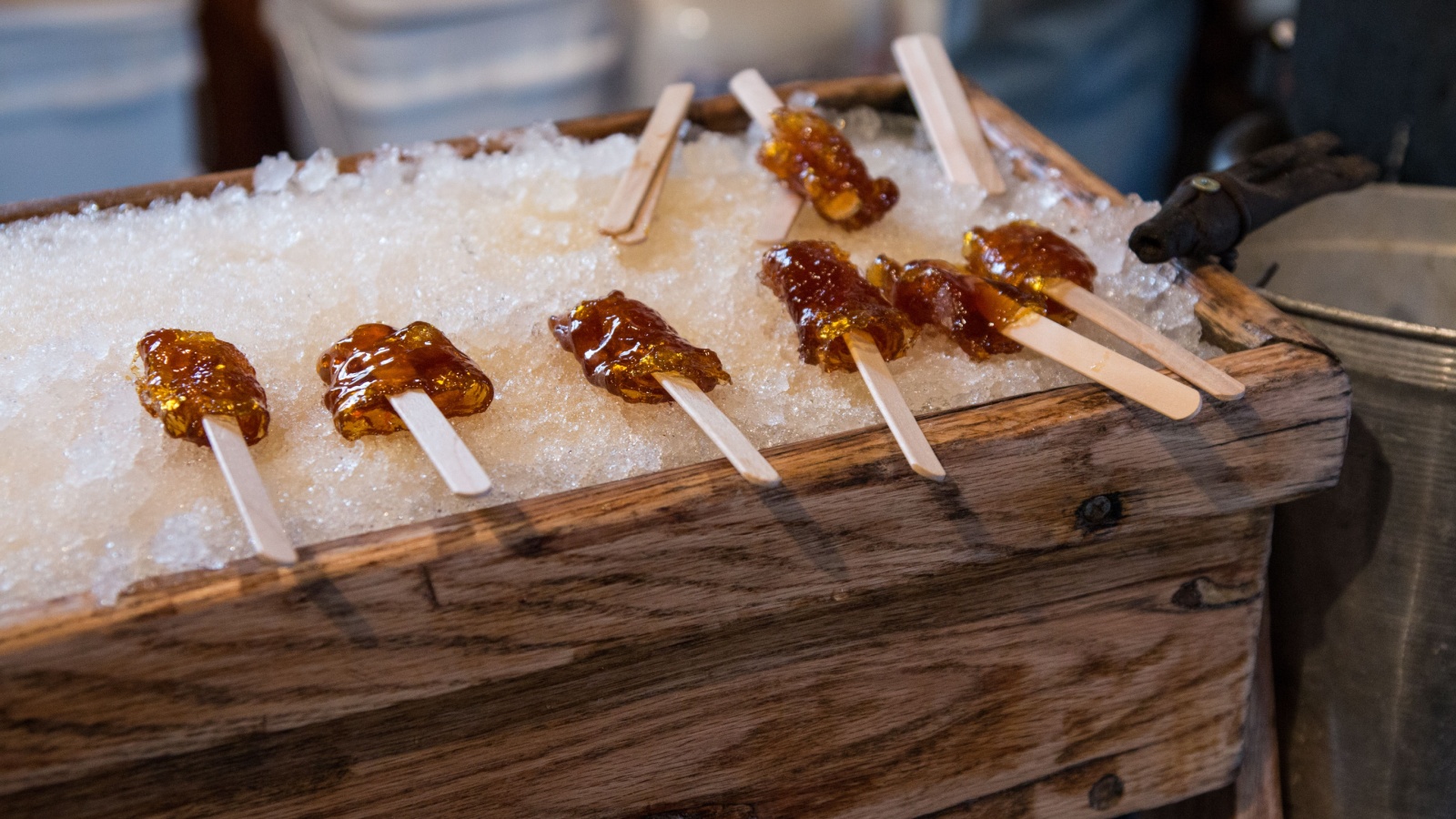
In early spring, families would head to sugar shacks to watch sap being boiled into syrup—a ritual signaling the end of winter. Friends shared pancakes, maple taffy, and laughter in the cold air. Commercialization has transformed the experience into a tourist attraction rather than a family ritual. Fewer people tap their own trees, and convenience-store syrup has replaced the homemade kind. While “sugar bush” festivals still exist, the community-driven spirit of gathering, learning, and celebrating nature’s sweet gift is fading into a once-a-year novelty rather than a tradition.
Handcrafting Winter Clothing

Knitting scarves, mittens, and sweaters used to be both necessity and art, passed down through generations. Families crafted personalized winter wear, often from local wool. Today, fast fashion and imported goods have made handmade items seem time-consuming and costly. Few young Canadians know how to knit or sew, and yarn shops are closing across the country. While online tutorials attempt to revive interest, the social side, gathering to chat while knitting, has largely vanished. What was once an act of love and creativity has become an occasional hobby rather than a shared seasonal activity.
Canoe Camping Expeditions
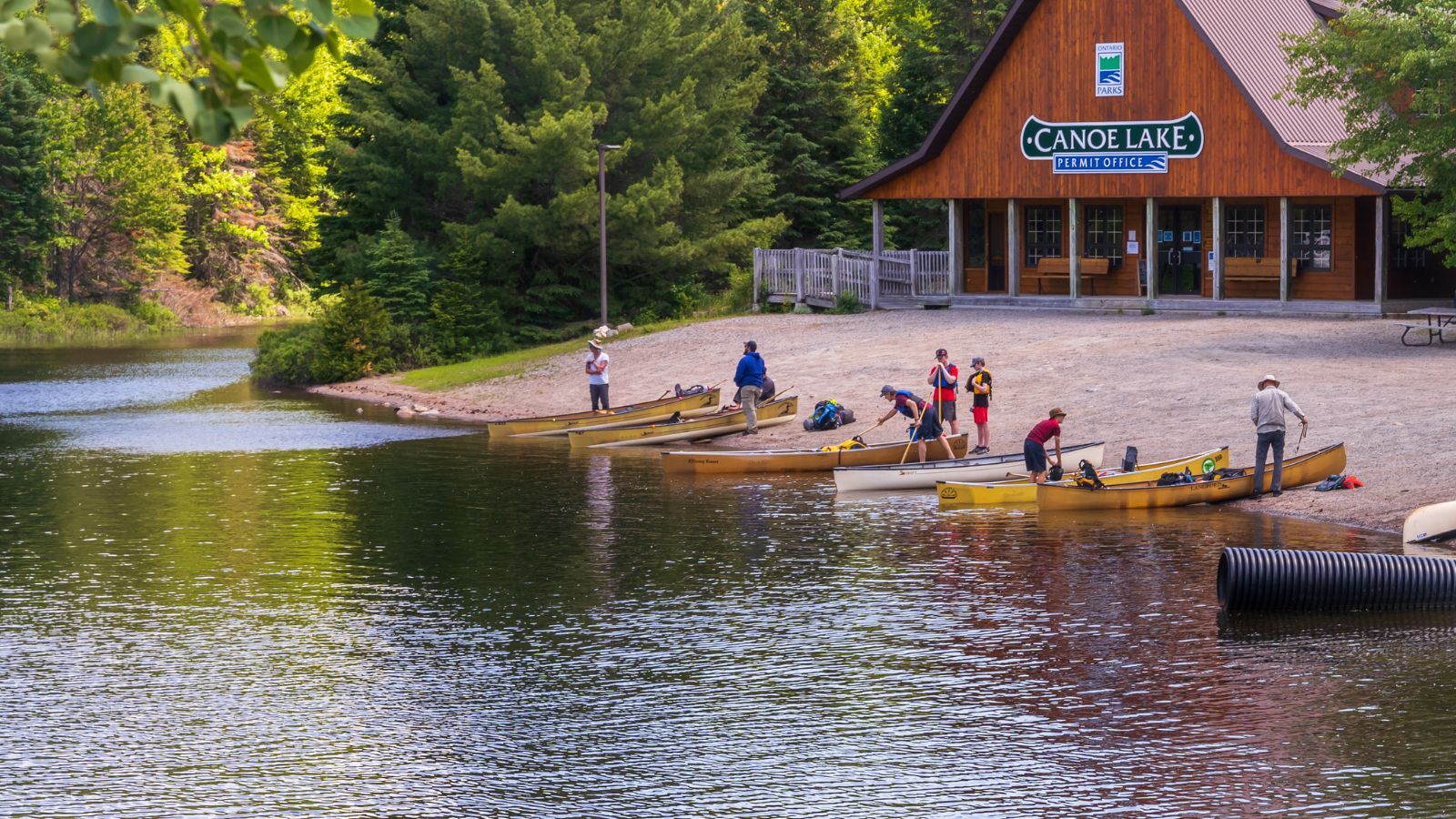
Canoeing through lakes and rivers while camping along the shore was a rite of passage for many outdoor enthusiasts. It combined endurance, teamwork, and respect for nature. However, with rising park fees, limited vacation time, and digital distractions, fewer people are up for multi-day paddling adventures. Powerboats and RV trips now dominate summer plans. As a result, canoe routes that once buzzed with activity are seeing fewer paddlers. Though adventure tourism keeps the tradition alive, the self-guided canoe-camping culture that defined summers for generations is slowly drifting away.
Amateur Theatre Groups

Small-town theatre groups once filled community halls with laughter, drama, and applause. Volunteers built sets, memorized lines, and performed purely for fun. These productions were local cultural highlights. But the rise of streaming platforms and declining volunteerism have dimmed the stage lights. Rehearsals demand time that many no longer have, and grants for arts programs are harder to secure. Some groups persist in larger cities, but in rural areas, curtains have fallen on countless stages. The loss of these performances means fewer spaces for creativity and connection at the grassroots level.
Schoolhouse Field Days

Field days were simple, joyous events, three-legged races, sack hops, and tug-of-war competitions. Students, parents, and teachers all joined in, creating memories beyond classrooms. But liability rules, tight schedules, and the academic pressure to maximize class time have pushed these events aside. Today’s schools favor structured sports or digital engagements. The spontaneous laughter, friendly rivalries, and outdoor freedom once central to school life have largely disappeared. Without field days, many children miss out on the simple, collective joy of community-driven physical play.
Cross-Country Skiing for Fun
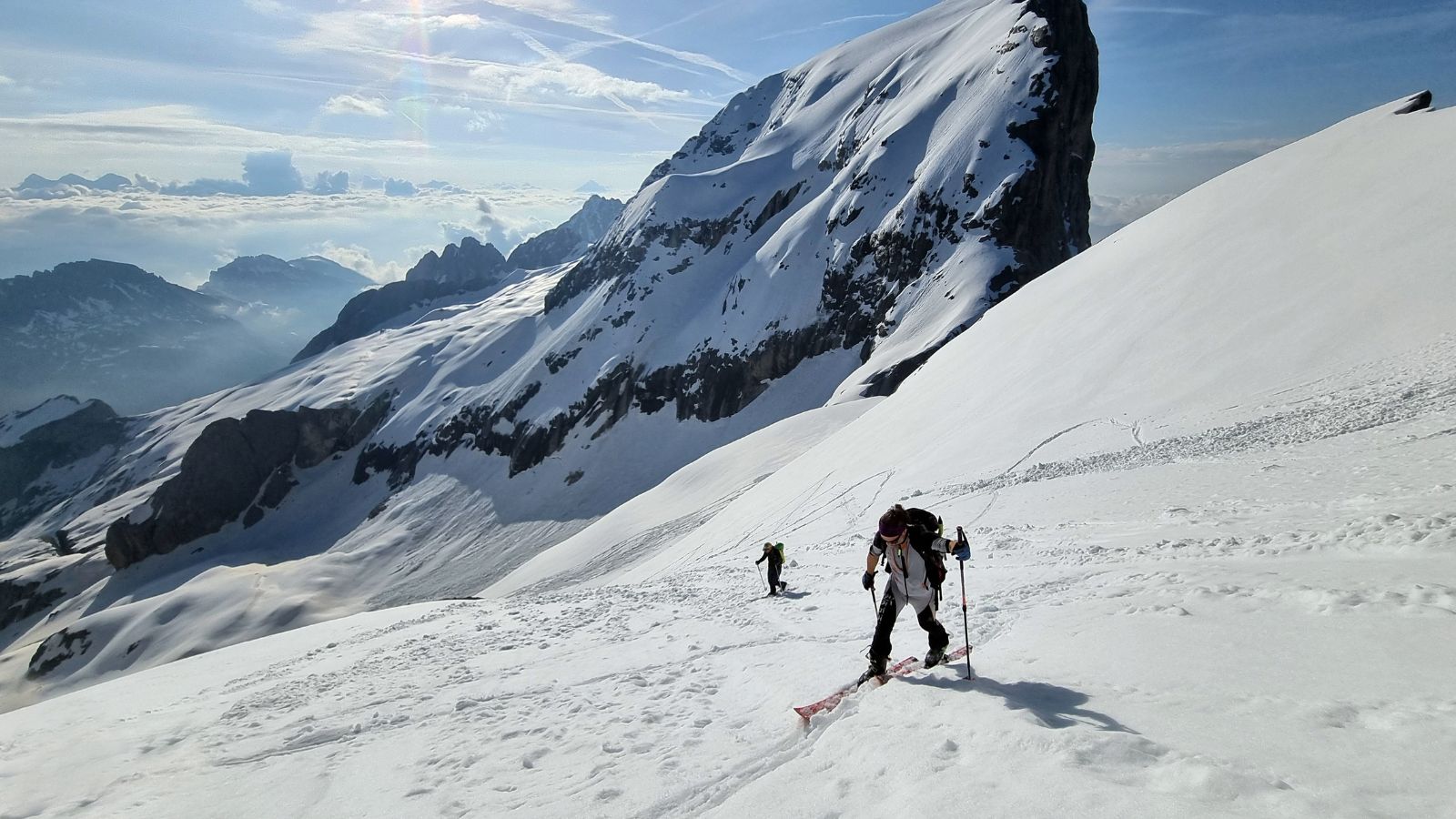
Cross-country skiing was once a beloved, affordable winter sport, enjoyed by families of all ages. It required minimal equipment and offered peace away from busy ski resorts. But as downhill skiing gained glamour and indoor fitness options multiplied, participation declined. Trails have fewer visitors, and equipment shops are closing. Even though it’s one of the most accessible forms of exercise, its old-fashioned image and weather dependency keep it from regaining popularity. Once a symbol of endurance and connection to the outdoors, it now survives mainly among dedicated enthusiasts.
Reading Community Newspapers

Community newspapers once chronicled local heroes, high-school sports, and garden contests, stories too small for national headlines but vital to local identity. As digital media took over, many of these papers shut down or moved online, losing their tangible charm. Reading the weekly issue with breakfast was a ritual for countless Canadians. Now, social media feeds have replaced printed pages, but without the same sense of locality or reliability. The loss of these papers isn’t just about journalism; it’s about the fading connection between neighbors and shared civic life.
Playing Street Hockey

For decades, kids gathered after school to play street hockey until dinner. Car horns paused games, and everyone knew which driveway was the “net.” Urban density, safety rules, and changing childhood interests have nearly erased this ritual. Today’s youth spend more time indoors, and neighborhoods lack the open, car-free streets that once echoed with slapshots and laughter. Organized leagues have replaced organic play, and the sense of community built through these spontaneous matches has diminished. What was once a symbol of carefree youth and connection is now a nostalgic image in commercials and memory.
21 Products Canadians Should Stockpile Before Tariffs Hit

If trade tensions escalate between Canada and the U.S., everyday essentials can suddenly disappear or skyrocket in price. Products like pantry basics and tech must-haves that depend on are deeply tied to cross-border supply chains and are likely to face various kinds of disruptions
21 Products Canadians Should Stockpile Before Tariffs Hit
